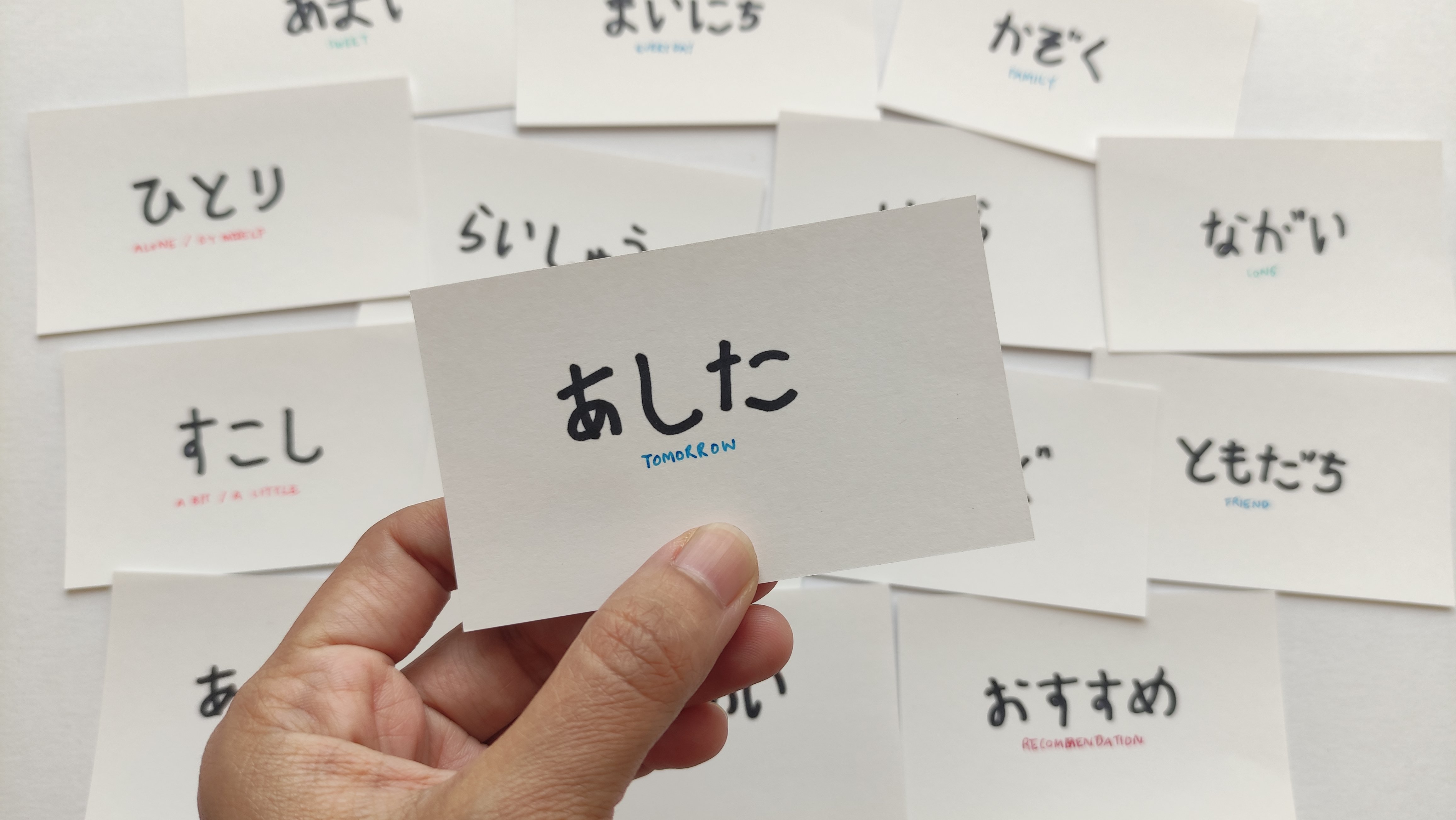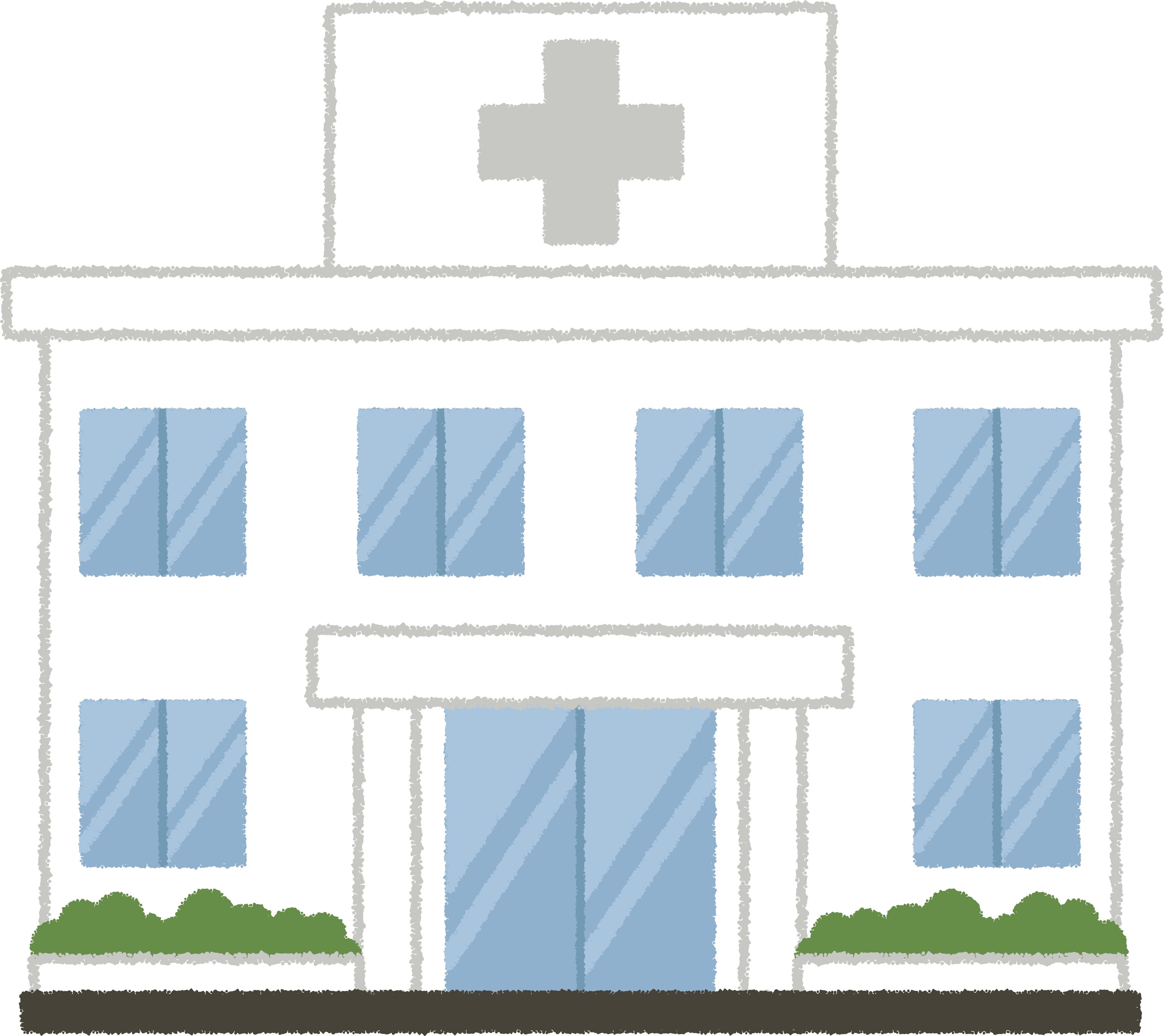How to Get Medicine at Japanese Drugstores and How to Use Prescriptions
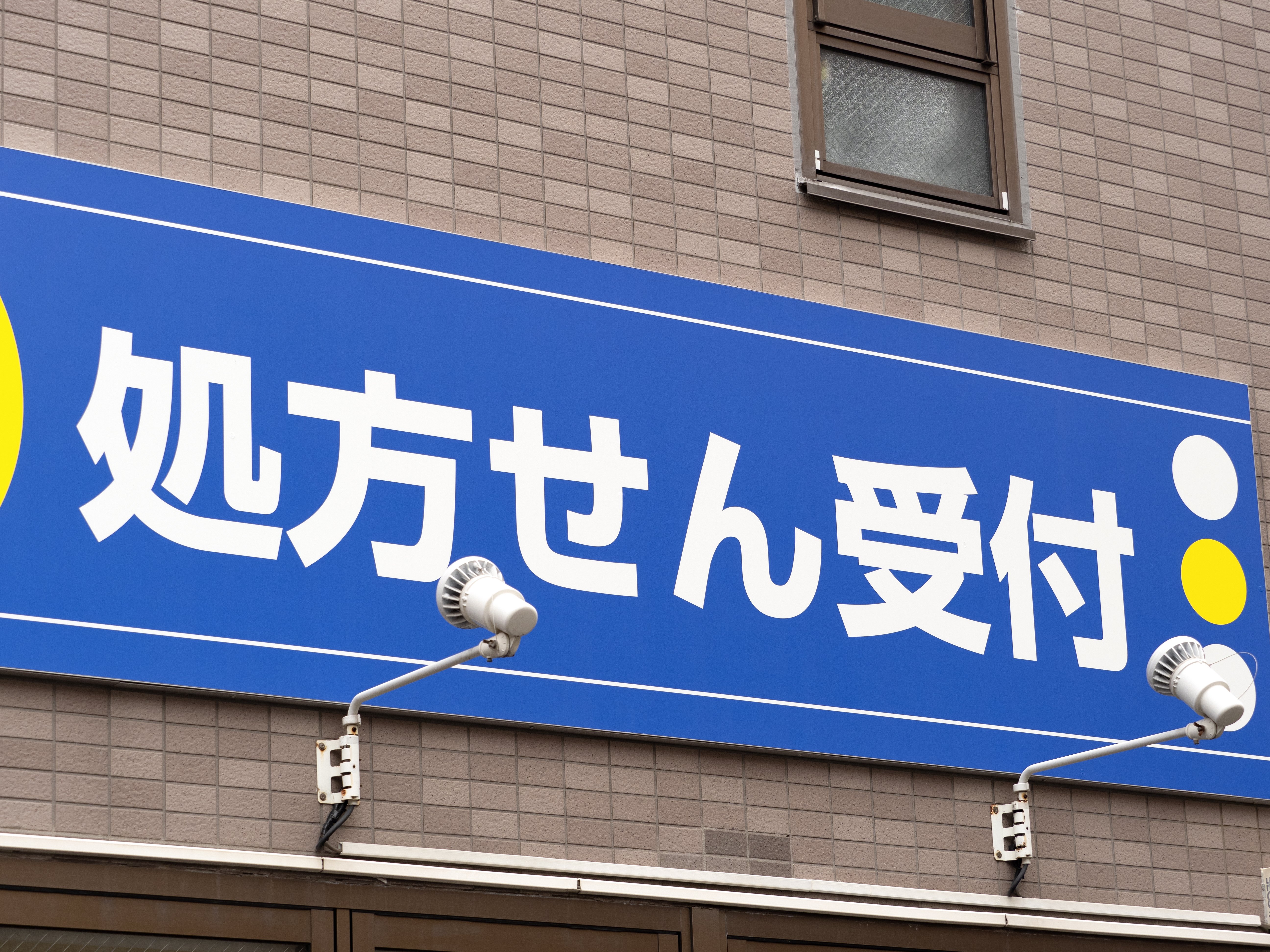
When living in Japan, there will be times when you catch a cold, get a headache, or otherwise need medicine. In times like these, drugstores come in handy. This article will explain how you can get medicine at a Japanese drugstore, as well as how to use a prescription from a doctor or a hospital.
1. What is a Drugstore?
Drugstores sell not only medicines, but also daily necessities, cosmetics, and food. There are many of them all over Japan, and many are open until late at night. It is a convenient store that foreigners can also easily enter.
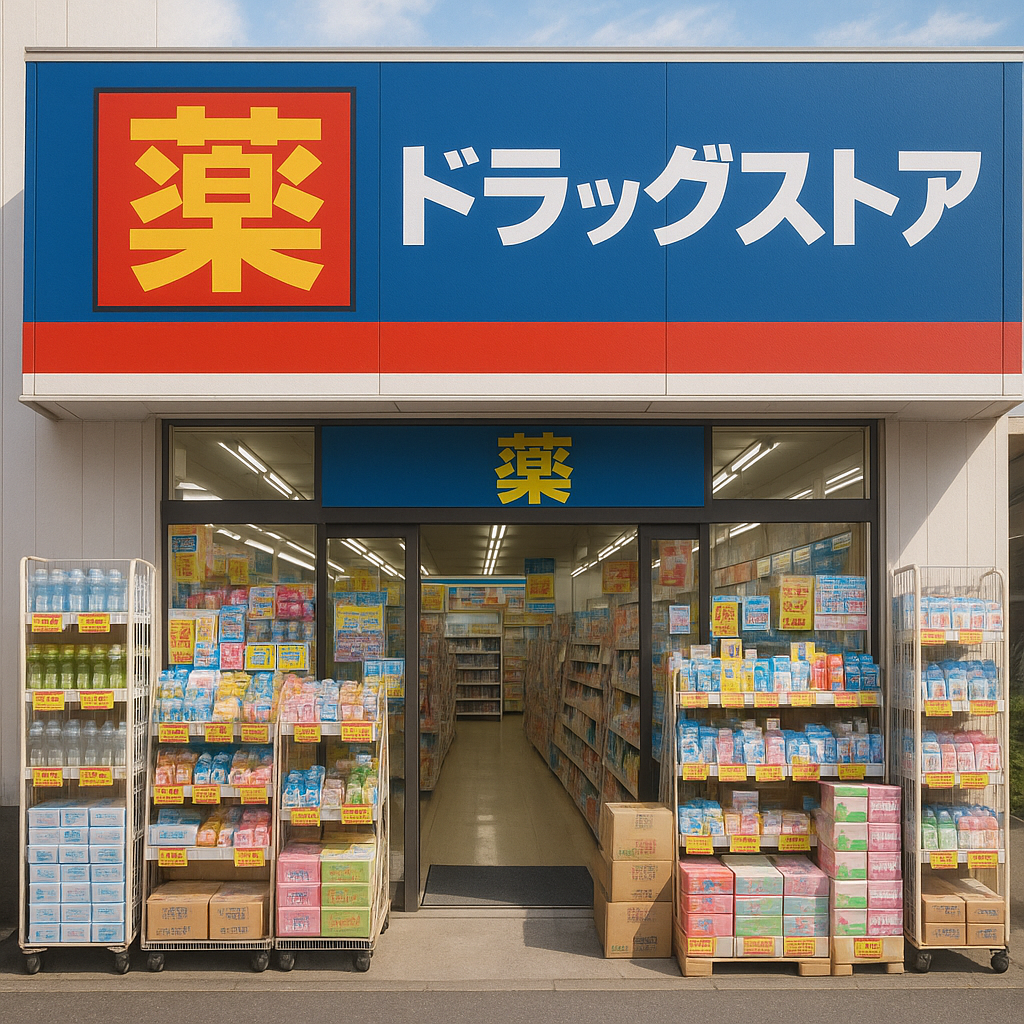
2. Types of Medicines Available at Drugstores
Japanese medicine can be largely divided into two categories:
① Over-The-Counter Drugs (OTC Drugs)
These are the types of medicine you can purchase without a prescription. Examples include cold medicine, headache medicine, eye drops, and compresses.
- You may be able to purchase through self-service (you choose and buy medicine by yourself)
- You can consult pharmacists during hours when they are available

② Prescription Medications
This is a medicine that requires a prescription, which you receive after seeing a doctor at a hospital or clinic. These can be picked up at the 調剤薬局(ちょうざいやっきょく)」 located inside of a drugstore.
3. How to Buy Over-The-Counter Medicines
1. Find the medicine that suits your symptoms (e.g. I have a headache → go to the headache medicine section)
2. Choose by looking at the packaging (check ingredients and effects)
3. If you have any concerns, you can ask a store clerk or pharmacist for advice.
4. Pay at the register and purchase your item
* Passports and residence cards are generally not required to purchase medicine, but in the case of highly effective medicines or ones with strong side effects, you may be asked to prove your age and identity.
4. Drug Classification and Precautions
OTC drugs in Japan are divided into three categories: "Class 1," "Class 2," and "Class 3."
|
Classification |
Features |
Purchase conditions |
|
Class 1 |
Highly effective, but has risk of side effects |
Explanation by a pharmacist is required |
|
Class 2 |
General medicines (cold medicine, painkillers) |
Explanation from a registered seller |
|
Class 3 |
Relatively safe drugs (such as vitamins) |
None |
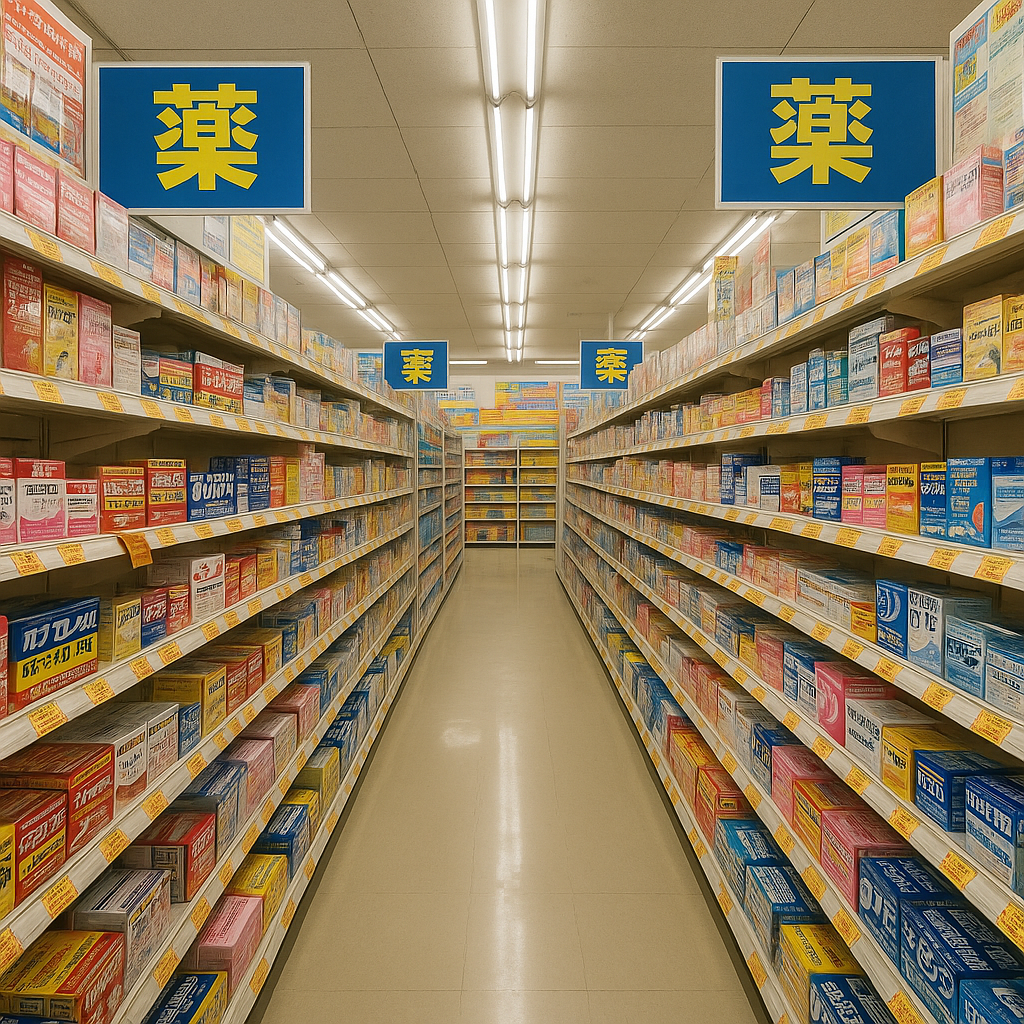
5. How to Use a Prescription
When you get a prescription from the hospital or a clinic
1. After your consultation at the hospital / clinic, you will receive a paper 「処方せん」(prescription) , or it may be sent to you digitally.
2. Take it to the 「調剤薬局」 at the drug store or a nearby 「薬局」
3. Provide your prescription and have your medicine prepared (this may take 10-20 minutes)
4. When your name is called, you will receive your medicine and an explanation, then you will be required to pay the fee (※ If you have health insurance, you will pay 30% of the cost)
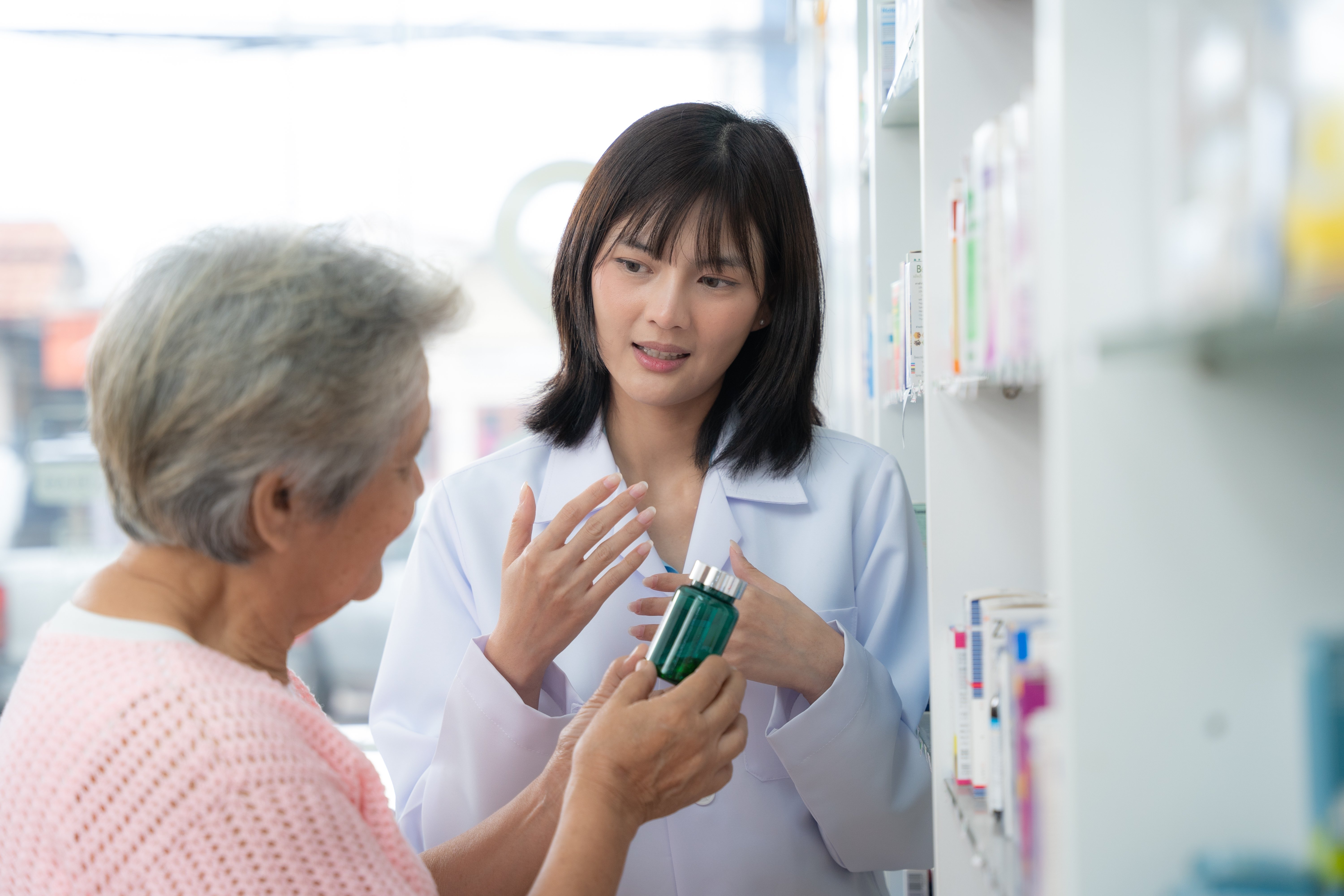
6. Frequently Asked Questions (Q&A)
Q: Can You Receive an Explaination in English or in Your Native Language?
A: At larger drugstores, they may use a translation app to help you. There are also papers with images or explanations on them that they may use to explain things by pointing.
Q: Will I Be Unable to Buy Medicine Without Insurance?
A: OTC drugs can be purchased without insurance. Prescription drugs are cheaper if you have insurance.
Q: I Am Worried About Allergies and Interactions With Other Medications.
A: Please consult your pharmacist. You can use a translation app on your smartphone to say, "I'm allergic to... "(~にアレルギーがあります)
7. Recommended Phrases
-
「かぜぐすりはどこですか?」
Where can I find cold medicine?
-
「この薬はどうやって飲みますか?」
How should I take this medicine?
-
「薬剤師さんと話したいです」
I’d like to speak with a pharmacist.
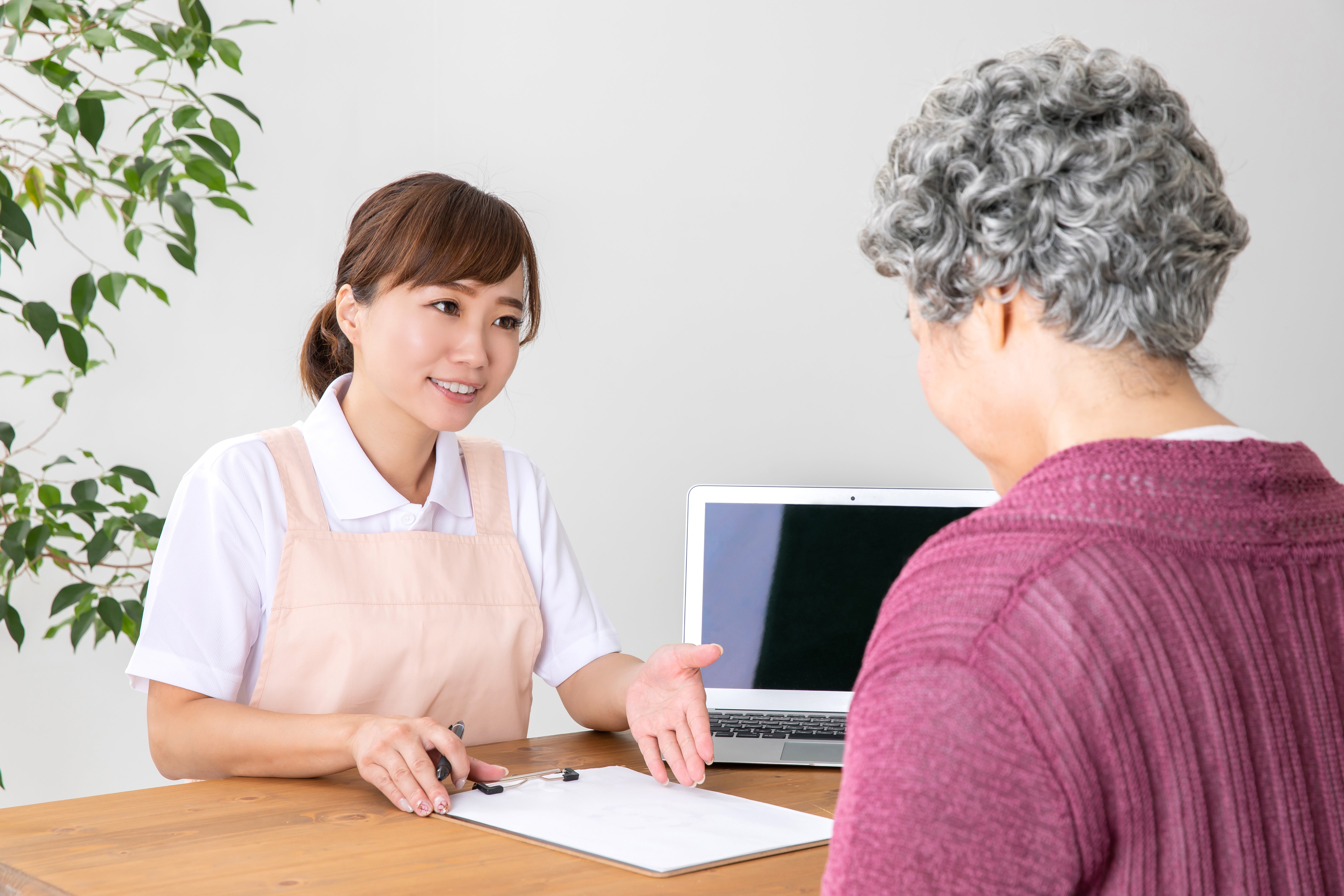
Summary
Buying medicine at drug stores in Japan may be intimidating at first, but it is not too difficult. If you have a mild cold or headache, treating it with OTC medication may suffice, but if your symptoms are severe, you should see a doctor and get a prescription. It is important to understand how to take medication and what precautions to take in order to intake them safely.
This kind of everyday knowledge is very important in getting used to life in Japan. If you are sick, in pain, in trouble, or have any concerns, don't push yourself too hard, and ask the store clerk or pharmacist for advice.

